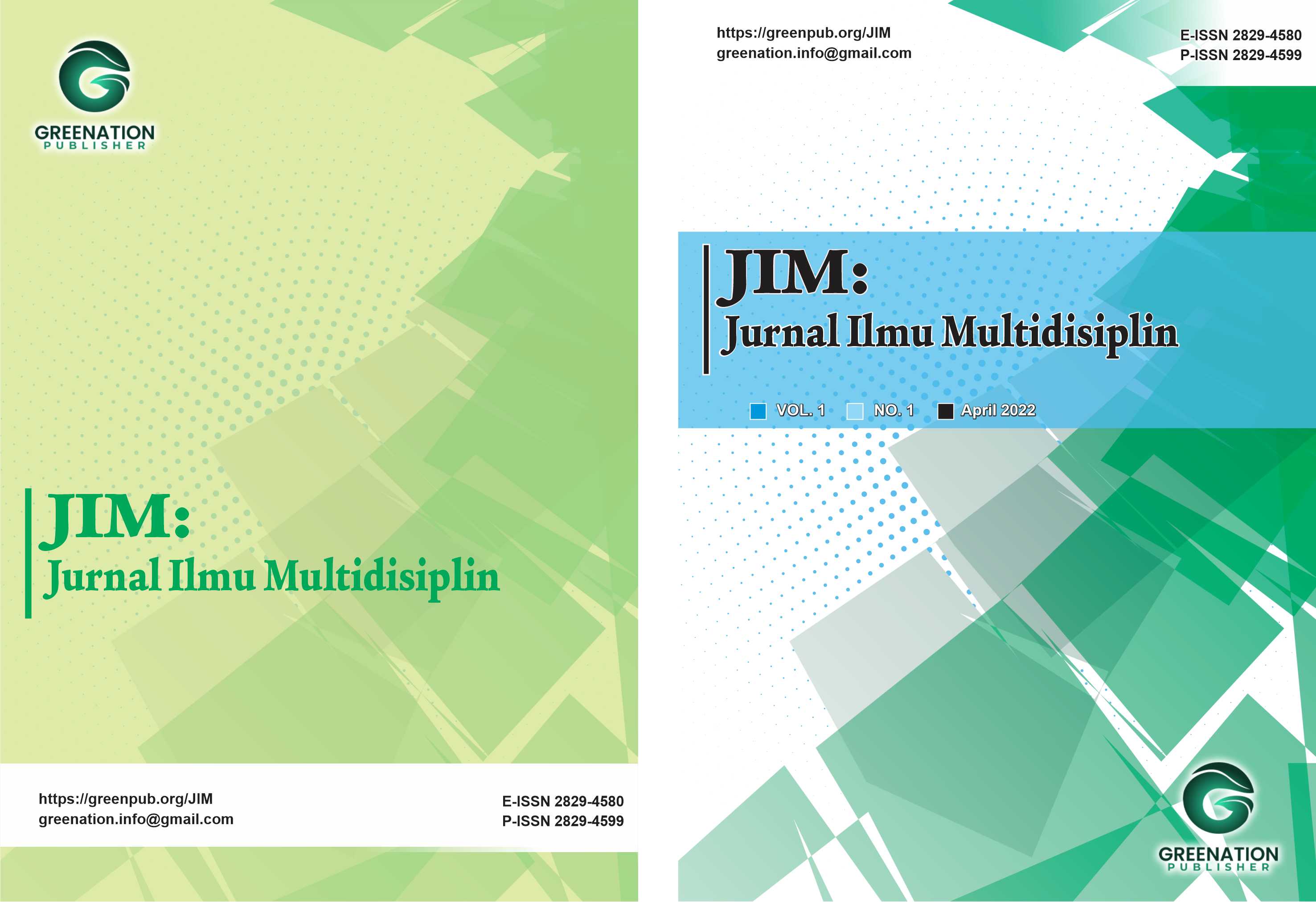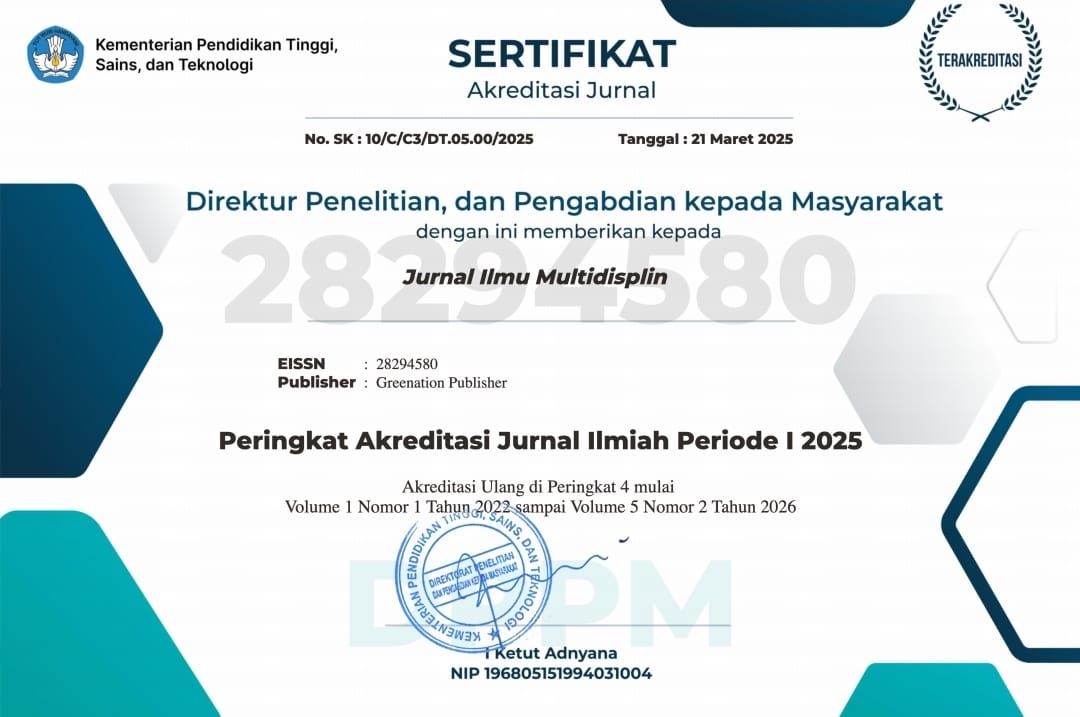Barbie & Ken’s Struggle for Self-Discovery as Seen in the Film Barbie (2023)
DOI:
https://doi.org/10.38035/jim.v4i2.907Keywords:
Barbie, Ken, Identity Crisis, Social Expectations, Barbie CultureAbstract
This research is titled "Barbie & Ken's Struggle for Self-Discovery as Seen in the Film Barbie (2023)" and focuses on the identity crisis and social expectations experienced by the characters Barbie and Ken in Barbie (2023). The research aims to understand how the characters face social pressure and struggle to find their true selves in a world full of gender stereotypes. However, a socially dynamic environment can cause a person to experience a crisis of self-confidence or an identity crisis, affecting their presence in public spaces. The research employ’s identity theory and Barbie Culture by Mary Rogers, which highlights the influence of the real world on perceptions of identity and gender roles. The qualitative analysis method applied includes direct observation of the narrative, dialogue, and visual elements in the film. The results reveal that Barbie and Ken undergo a complex identity journey, grappling with internal and external conflicts, including societal pressures that influence their self-perception. This research concludes by emphasizing the importance of more inclusive narratives in popular media to reflect the complexity of human identity and broaden understanding of how popular culture shapes views on gender and identity.
References
Andanie, S. P., & Gusthini, M. (2024). Representasi analisis kebebasan dan penjara sosial
dalam tayangan film Barbie. ALINEA: Jurnal Bahasa, Sastra, dan Pengajaran, 4(3), 535-548.
Barker, C., & Jane, E. A. (2016). Cultural studies: Theory and practice (5th ed.). SAGE Publications.
Bordo, S. (1993). Unbearable weight: Feminism, Western culture, and the body. University of California Press.
Butler, J. (1990). Gender trouble: Feminism and the subversion of identity. Routledge.
Connell, R. W. (2005). Masculinities (2nd ed.). University of California Press.
Dyer, R. (2002). The matter of images: Essays on representations. Routledge.
Fitriyah, & Anindya, F. D. (2024). The archetypal and stereotypical depiction of Barbie in the Barbie film (2023) by Greta Gerwig. Elite: English and Literature Journal, 11(2), 158–173.
Foucault, M. (1980). Power/knowledge: Selected interviews and other writings, 1972–1977 (C. Gordon, Ed.). Pantheon Books.
Gerwig, G. (Director). (2023). Barbie [Film]. Warner Bros. Pictures.
Gill, R. (2007). Gender and the media. Polity Press.
Goffman, E. (1959). The presentation of self in everyday life. Anchor Books.
Hall, S. (1997). Representation: Cultural representations and signifying practices. SAGE Publications.
McRobbie, A. (2009). The aftermath of feminism: Gender, culture and social change. SAGE Publications.
Mulvey, L. (1975). Visual pleasure and narrative cinema. Screen, 16(3), 6–18. https://doi.org/10.1093/screen/16.3.6
Rogers, M. F. (1999). Barbie Culture. SAGE Publications.
Tajfel, H., & Turner, J. C. (1986). The social identity theory of intergroup behavior. In S. Worchel & W. G. Austin (Eds.), Psychology of intergroup relations (pp. 7-24). Nelson-Hall.
Utami, A. M., & Nisa, N. K. (2024). Existential crisis: Redefining Ken’s character in the Barbie film. Udayana Journal of Social Sciences and Humanities, 8(2).
Woodward, K. (1997). Identity and difference. SAGE Publications.
Downloads
Published
How to Cite
Issue
Section
License
Copyright (c) 2025 Ayuning Dyah Kenza Pramita, Sindhy Sintya Mianani

This work is licensed under a Creative Commons Attribution 4.0 International License.
You are free to:
- Share— copy and redistribute the material in any medium or format
- Adapt— remix, transform, and build upon the material for any purpose, even commercially.
The licensor cannot revoke these freedoms as long as you follow the license terms.
Under the following terms:
- Attribution— You must give appropriate credit, provide a link to the license, and indicate if changes were made. You may do so in any reasonable manner, but not in any way that suggests the licensor endorses you or your use.
- No additional restrictions— You may not apply legal terms or technological measures that legally restrict others from doing anything the license permits.
Notices:
- You do not have to comply with the license for elements of the material in the public domain or where your use is permitted by an applicable exception or limitation.
- No warranties are given. The license may not give you all of the permissions necessary for your intended use. For example, other rights such as publicity, privacy, or moral rightsmay limit how you use the material.




























